order

Coleoptera
“Adult Beetles”

Coleoptera
“Larval Beetles”

Diptera
“True Flies”

Ephemeroptera
“Mayflies”

Hemiptera
“True Bugs”

Lepidoptera
“Aquatic Caterpillars, Snout Moths”

Megaloptera
“Alderflies, Dobsonflies, and Fishflies”

Odonata
“Dragonflies and Damselflies”

Plecoptera
“Stoneflies”

Trichoptera
“Caddisflies”
family
Leptophlebiidae
Habrophlebia
“Prong-gilled Mayflies”
Genus Overview
One species, Habrophlebia vibrans, in North America. Distinctive genus which has all the gills from 2-7 forked into two clusters of three filaments. Other species in the world can have more filaments.
Characteristics
POLLUTION TOLERANCE
0 = least tolerant, 10 = most tolerant
FEEDING HABITS
Collector / Filterer
Collector / Gatherer
Scraper / Grazer
Collector / Gatherer
Scraper / Grazer
MOVEMENT
Clinger
Swimmer
Swimmer
DISTRIBUTION
Widespread (east of the Rocky Mtns.)
HABITAT
Lotic-depositional
Lotic-erosional
Lotic-erosional
Diagnostic Characters
Order
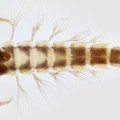
Abdominal Gills

Single Tarsal Claw
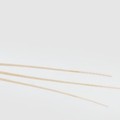
Usually 3 Tails
Family
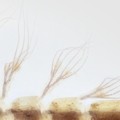
Double Lamellate Gills
+ Expanded Character List
Order:
Wings developing in wing pads. Mouthparts suitable for chewing. Gills present on tops and sides of abdomen. Segmented legs present. One tarsal claw per leg. Usually with 3 tails (sometimes 2).
Family:
Mandibular tusks absent. Gills on abdominal segment 1 with single or double lamellae (plates) or forked. Gills on segments 2–7 double-layered lamellate (plate-like) and terminated in filaments or points and without fringe, or oval with fringe.
Genus:
Distinctive genus which has all the gills from 2-7 forked into two clusters of three or more filaments. Labrum narrower than head.
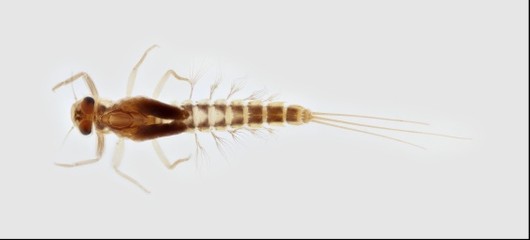
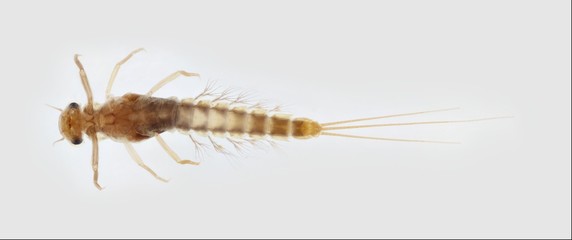
Dorsal
Ventral



